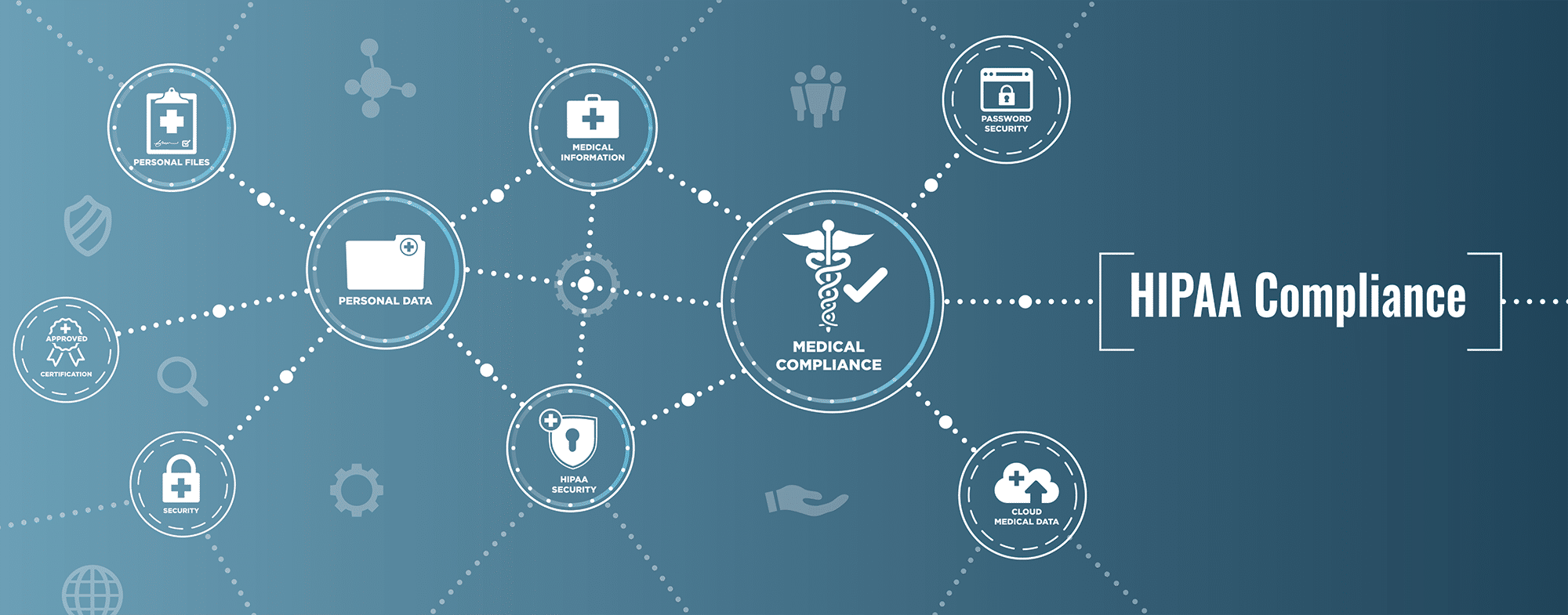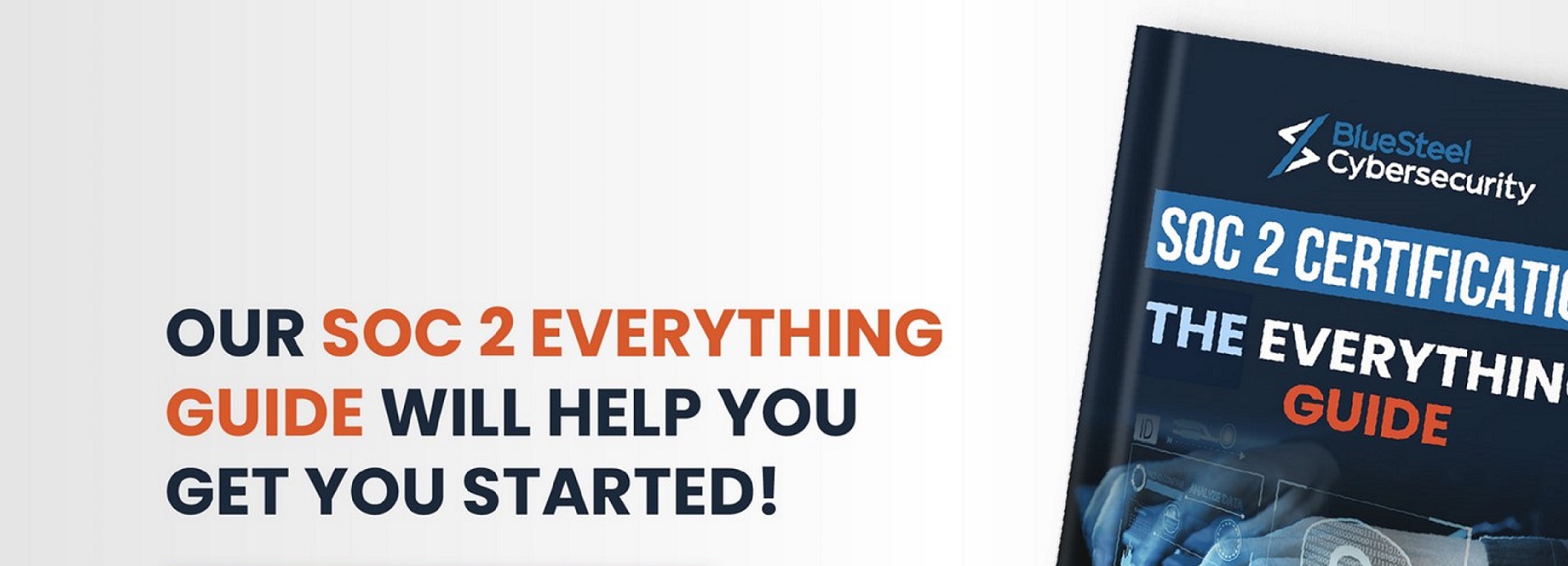Cybersecurity is the process of meeting standards and regulations that ensure companies are secure. These standards can be general, like GDPR, or industry-specific, like HIPAA for healthcare providers and COBIT for tech businesses, among many others.
Depending on your business, different standards will have different implications. For example, if you’re in the healthcare industry and must comply with HIPAA rules, you must take specific measures to protect patient information and other sensitive data. If you run a tech business and need to meet COBIT standards, there will be specific processes you need to follow when developing new products. To remain compliant as a business, you must understand what each standard requires of you as an organization.
Cybersecurity compliance programs can mitigate the risks and vulnerabilities associated with IT networks when applied correctly. Organizational risk management involves assessing risks based on established procedures and guidelines for protecting against cyberattacks and errors made by an individual or process, such as data breaches. Adhering to these industry standards means staying compliant with a variety of regulations.
Why Cybersecurity Compliance
Organizations must follow industry or regional cybersecurity laws and take the necessary measures to protect their customers and employees in case of data breaches. Reputational harm and business disruption are expected consequences of data breaches. However, they can be avoided by adhering to strict information management, storage, and usage protocols.
A company that detects a data breach must comply with industry or regional cybersecurity regulations and take the required steps to safeguard its customers and workers. If a violation occurs, non-compliant businesses may be subject to hefty fines and penalties. Therefore, companies must adhere rigorously to cybersecurity compliance rules to prevent data breaches.
Contrary to common assumptions, you may preserve and grow customer loyalty by safeguarding your users’ personal information. In addition, your business will be more operationally efficient with well-defined and consistent information management.
In addition, organizations benefit from protecting sensitive data by conforming to regulatory requirements. Securing intellectual property such as trade secrets, software code, and product specifications are much more manageable when a business has a robust security posture.
Importance of Cybersecurity Compliance
It is essential to recognize that cybersecurity compliance is not only a collection of strict standards imposed by regulatory authorities. On the contrary, it is crucial for the organization’s success as a whole.
Any organization is susceptible to being a victim of a cyber assault. Unfortunately, small business organizations tend to make themselves easy targets for attacks since it is often believed that if you are a small player, possible dangers will pass you by. However, reluctance to engage in a robust cybersecurity system exposes weaknesses that attract the attention of malicious actors.
Regardless of the size of your organization, data breaches develop rapidly, snowballing into very complicated situations that affect the reputation and financial capability of the company, resulting in legal actions and conflicts that may take years to settle. Complying with cybersecurity compliance rules mitigates the primary danger element and its consequences.
Organizations must be aware of cybersecurity compliance to manage their vulnerabilities, take precautions against cyberattacks, and meet regulatory compliance requirements. Cybercriminals will use any opening available to steal sensitive information. With the constant threat of cyberattacks, organizations should take steps toward cybersecurity compliance. There are three different levels of compliance:
- Security management or controls – The organization needs adequate security management to minimize risks.
- Risk assessment – An organization should assess its level of risk exposure before investing in prevention measures.
- Vulnerability Assessment – A vulnerability assessment reviews susceptibility to known vulnerabilities.
Cybersecurity Compliance Requirements
Several different regulations set compliance standards for cybersecurity. Even though they are different methods, they are mainly about the same things. They have the same goal: to make rules that are easy to follow and adapt to the company’s technology environment, which protects sensitive data.
Major compliance requirements may differ depending on where a business is located, which markets it operates in, and what data it processes. Regulatory controls also tell businesses what kind of data they can keep and what information it contains.
The main focus is on protecting personal information like a person’s full name, social security number, addresses, details about their date of birth, or other private information like their health. In addition, cyberattacks often go after companies with access to private information, putting them at a greater risk.
Organizations can take steps to improve the odds of a successful security incident response by proactively minimizing their risk and ensuring that they comply with various cybersecurity regulations. One way is to complete an assessment of organizational risk management to identify high-risk sectors in an organization’s computer infrastructure. These include customer payment information, intellectual property, or financial records. Ensuring compliance will be much easier when you know what problems you’re looking for and where your gaps are.
Once you know where your gaps are, you can begin addressing them. You can focus on risk assessment through a detailed gap analysis and create an action plan to close your gaps by hardening defenses.
- HIPAA
The Health Insurance Portability and Accountability Act (HIPAA) is a law signed into effect by the president of the United States in 1996. It covers sensitive health information, and organizations must follow the HIPAA privacy rules if they send health information electronically as part of a covered transaction, such as processing claims, getting paid, or sharing information.
The HIPAA rules and regulations help ensure that organizations, like healthcare providers, healthcare clearinghouses, and business associates, don’t share private information about people without their permission. The Act sets up three main parts: rules about privacy, rules about security, and rules about how to report a breach.
- FISMA
The Federal Information Security Management Act (FISMA) governs the federal U.S. systems that safeguard information, activities, and assets related to national security and economic interests. The 2002-published information security policy provides a comprehensive framework for administering and implementing risk management governance across government entities and commercial partners.
The FISMA establishes baseline security measures to prevent threats to national-level agency systems. The Act conforms with existing laws, presidential orders, and directions to ensure compliance with cybersecurity processes in information security initiatives. The framework includes information system inventory, system security plan, controls maintenance, risk assessments, and continual monitoring.
- PCI-DSS
The Payment Card Industry Data Security Standard (PCI-DSS) is a non-federal information security regulation for the safety and security of credit card data. The PCI Security Standards Council is in charge of administrating the standard, and the major credit card provider businesses oversee it. The primary objective of the standard is to secure cardholder data.
Regardless of the number of transactions or credit cards handled monthly, the PCI-DDS standard applies to retailers handling payment information. In addition, the owners of businesses are required to adhere to a set of twelve basic standards, some of which include the construction of a firewall, the protection of passwords and data encryption, the restriction of access to credit card information, and the creation and maintenance of security systems, procedures, and policies.
Non-compliant organizations risk losing their merchant license, which means they will be unable to take credit card payments for many years. Businesses that do not have PCI-DDS become a possible target for cyber assaults, which may result in reputational harm and financial penalties from regulatory agencies of up to $500,000 in fines.
- GDPR
The General Data Protection Regulation, or GDPR, is a regulation that was issued in 2016 regarding the protection of personal data and the privacy of individuals inside the nations of the European Union (EU) and the European Economic Area (EEA). The General Data Protection Regulation (GDPR) creates a legal framework directing the acquisition and protection of people’s data in the EU.
The General Data Protection Regulation (GDPR) requires businesses to disclose their policies on personal information from customers transparently and to provide unrestricted control over managing their data. The permission of individuals is an essential need for companies to meet to handle their personal information in a manner that protects their privacy, keeps them secure, and fulfills their duty to notify them in the event of a data breach.
- ISO/IEC 27001
The International Organization for Standardization (ISO) and the International Electrotechnical Commission (IEC) have collaborated to create the international standard known as ISO/IEC 27001, which is a standard for implementing and managing Information Security Management Systems (ISMS). This standard is part of the 27000 families of standards.
Accreditation to ISO 27001 by a company indicates that it adheres to compliance standards at all levels of its technology environment, including its employees, processes, tools, and systems. This provides a complete setup to guarantee the integrity and protection of customers’ data. In addition, the standard outlines comprehensive operational activities and procedures that need to be followed to construct a cybersecurity management system that is dependable and resilient.
Staying Up to Date on New Threats
To remain ahead of emerging dangers, cybersecurity experts must maintain their education by attending courses and training in relevant domains. Furthermore, remaining current on emerging risks may require learning about other fields, such as programming and engineering. Cybersecurity managers must also constantly review the capabilities of their team members to ensure they have the necessary technical competencies.
A robust cyber security program ensures that a company’s information systems are adequately protected against internal and external attacks. Regular testing is required to ensure compliance with regulatory requirements such as PCI DSS, HIPAA, and SOX. Under no circumstances can security breaches be permitted. Maintaining compliance with these standards protects you from financial responsibility resulting from data breaches or other events caused by hackers or disgruntled employees who may exploit weaknesses in IT infrastructure via poor system setup or unauthorized access.
The most straightforward strategy to avoid litigation arising from security breaches is to prevent them from occurring in the first place. Cybersecurity management takes a proactive approach to secure all companies by predicting future attacks and managing risk.






